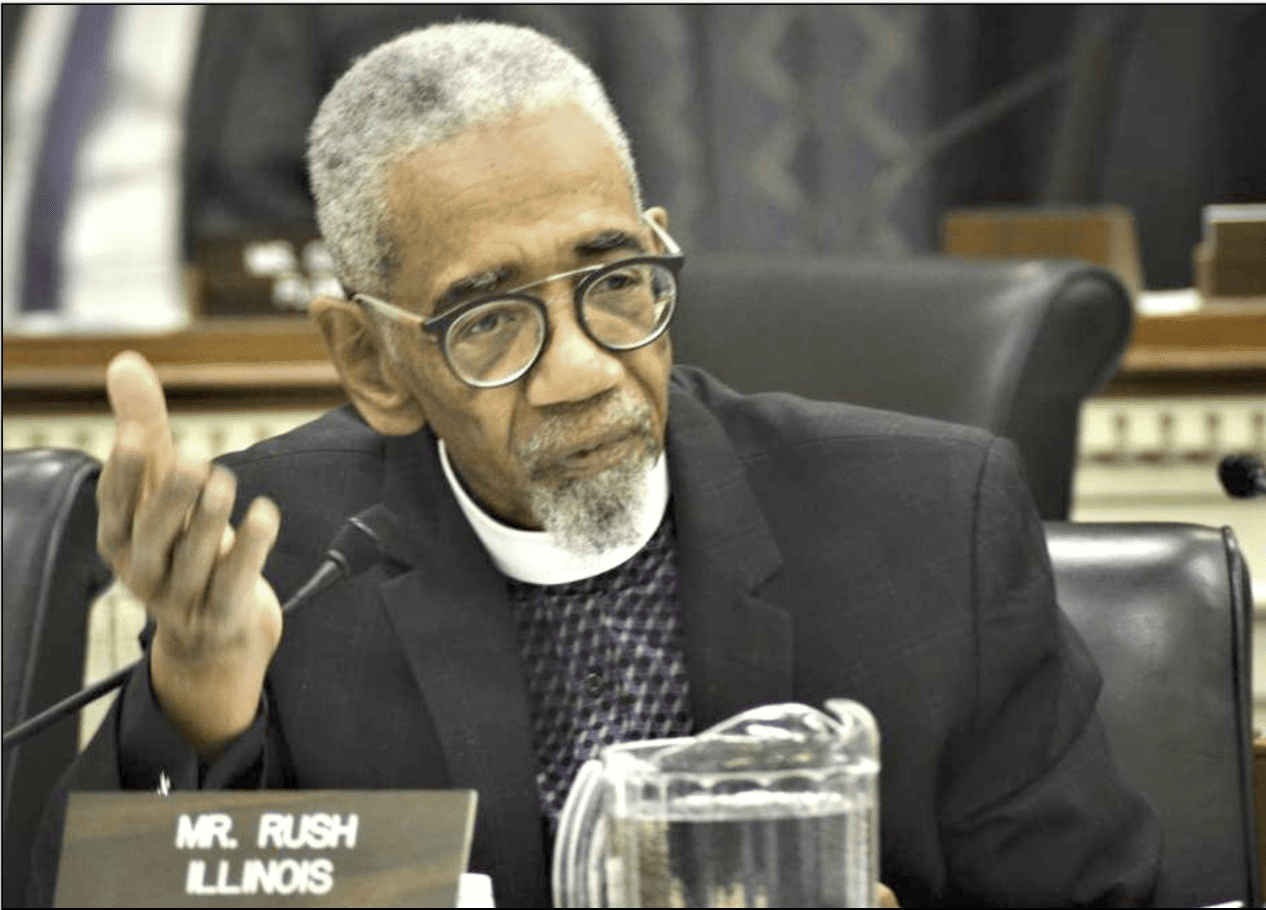Make no mistake: the climate crisis is here. While some of its worst and most visible impacts from the devastating fires currently ravaging the West Coast to the l.2 trillion tons of ice melting each year may seem like distant problems, climate change is also causing insidious and deadly blows that are being felt right here in our communities in Chicagoland. And its impacts are far worse in communities of color.
Harmful greenhouse gasses are disproportionately poisoning Black and Brown communities. Black people are three times more likely than white people to be killed by air pollution, and in 2018, scientists from the Environmental Protection Agency (EPA) found that Black Americans had a 54 percent higher health burden from particulate matter air pollution than white Americans. Cook County recently received an F grade from the American Lung Association for severe health risks associated with ozone pollution.
Breathing in air poisoned by fossil fuel emissions is directly linked to higher rates of lung disease, asthma, and more severe and deadly cases of COVID-19 in Black and Brown communities. This much is clear: air pollution is a racially centered, environmentally threatening, survival issue for people of color.
One of the biggest contributors to air pollution is the transportation sector, which is responsible for nearly 30 percent of greenhouse gas emissions more than any other sector of the American economy. This means that efforts to electrify our transportation system have tremendous potential and promise when it comes to mitigating the worst impacts of climate change and improving air quality and public health.
As the Chairman of the Energy and Commerce Committee’s Energy Subcommittee, transitioning our cars, buses, and planes away from fossil fuels by investing in electric vehicle networks is a top priority for me. Recently, I was proud to secure more than $36.6 billion in the House-passed INVEST in America Act to build out electric vehicle infrastructure and bring down the cost of electric vehicles to make them more affordable for ordinary Americans.
I’ve also introduced legislation, the NO EXHAUST Act, that would make big strides towards electrifying our transportation sector while ensuring dedicated funding for the deployment of electric vehicles in disadvantaged communities. I firmly believe that the shift to a clean energy economy presents us with an opportunity to fix long-standing environmental injustices while also creating jobs in communities that need them most.
And these aren’t just any jobs—jobs in the clean energy sector pay an average of 25% more than the national median wage and are more likely to come with health care and retirement benefits than other private-sector jobs. Electric transportation-related jobs can be found in 97 of Illinois’s 102 counties, and the number of workers in jobs related to electric transportation in our state is projected to increase by 83% by 2024.
As Congress looks ahead to getting an infrastructure bill signed into law, we must ensure that this legislation includes robust investments in electric vehicles; investments that will create good-paying jobs and reduce air pollution and its disproportionate health impacts on minority communities.
We deserve to breathe clean air and live without having to worry about the health impacts of pollution and climate change. We deserve to see good jobs in the clean energy sector brought to our communities; we deserve to be prioritized rather than overlooked in the transition to a clean energy economy.
It’s time to take bold action for our communities, for our planet, and for our very existence so that future generations do not look back and ask us why we left them with lives made forever more harsh and difficult by climate change.






